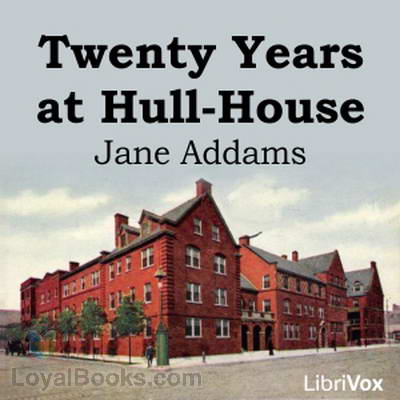



Twenty Years at Hull-House was not the first autobiography to advance radical social change. They enable her to model through the autobiographical self a shift from individualized, male-centered power to interdependency and mutuality-in short, a redistribution of power for a more just society. Addams uses these persuasive tools to cast a mold for transforming society. But maternal metaphors and rhetoric also function on a deeper level in the text. The "misleading impression of the whole" is her figurative motherhood, obscuring her transgressions of middleclass expectations of gender and her critique of the limits placed upon women of her day. At the turn of the century, no conventional social role existed for a woman like her: an unmarried woman who lived with like-minded colleagues in the Chicago slums so that she might improve the lives of the poor and improve society overall. (2) Such a choice makes strategic sense, even though Addams was not a biological mother. She promoted this advocacy with the careful metaphor and rhetoric of motherhood: she compared herself to a mother, building on her popular national reputation as "The Mother of Social Work," and she infused the text with maternal language and imagery. But Twenty Years at Hull-House, like autobiographies of other social activists of her time and ours, extended her social advocacy, which for Addams included welfare, education reform, peace activism, women's rights, workers' rights, and the settlement house. been hard to determine what incidents and experiences should be selected for recital, and I have found that I might give an accurate report of each isolated event and yet give a totally misleading impression of the whole, solely by the selection of the incidents." (1) Addams suggests that the inclusion-or exclusion-of certain events might misrepresent her life, which appears to be partly her intention. When Jane Addams (1860-1935) wrote Twenty Years at Hull-House in 1910, she understood autobiographies were deliberate constructions in the sense that an author depicts her identity and events in the text to shape the reader's perception: "It has.


 0 kommentar(er)
0 kommentar(er)
